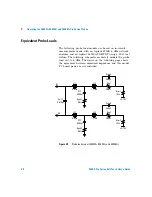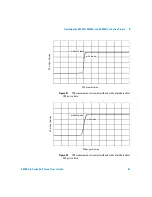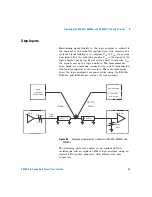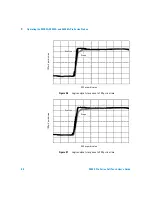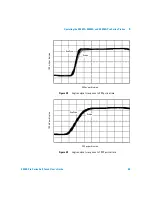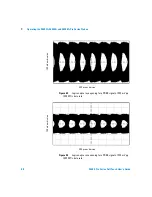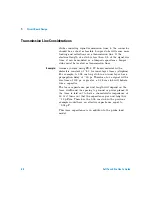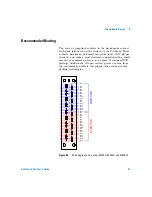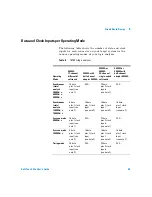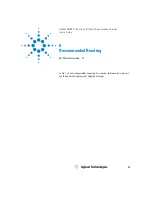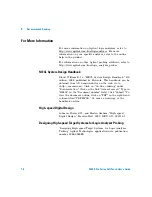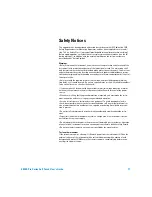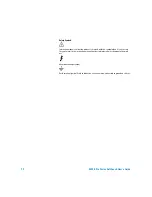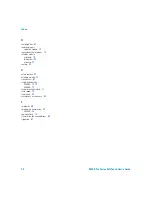
60
Soft Touch Pro User’s Guide
5
Circuit Board Design
Transmission Line Considerations
Stubs connecting signal transmission lines to the connector
should be as short as feasible. Longer stubs will cause more
loading and reflections on a transmission line. If the
electrical length of a stub is less than 1/5 of the signal rise
time, it can be modeled as a lumped capacitance. Longer
stubs must be treated as transmission lines.
Example:
Assume you are using FR- 4 PC board material with a
dielectric constant of ~4.3 for inner- layer traces (stripline).
For example, A 0.28 cm long stub in an inner layer has a
propagation delay of ~20 ps. Therefore, for a signal with a
rise time of 100 ps or greater, a 0.28 cm stub will behave
like a capacitor.
The trace capacitance per unit length will depend on the
trace width and the spacing to ground or power planes. If
the trace is laid out to have a characteristic impedance of
50
Ω
it turns out that the capacitance per unit length is
~1.2 pF/cm. Therefore the 0.28 cm stub in the previous
example would have an effective capacitance equal to
~0.34 pF.
This trace capacitance is in addition to the probe load
model.



